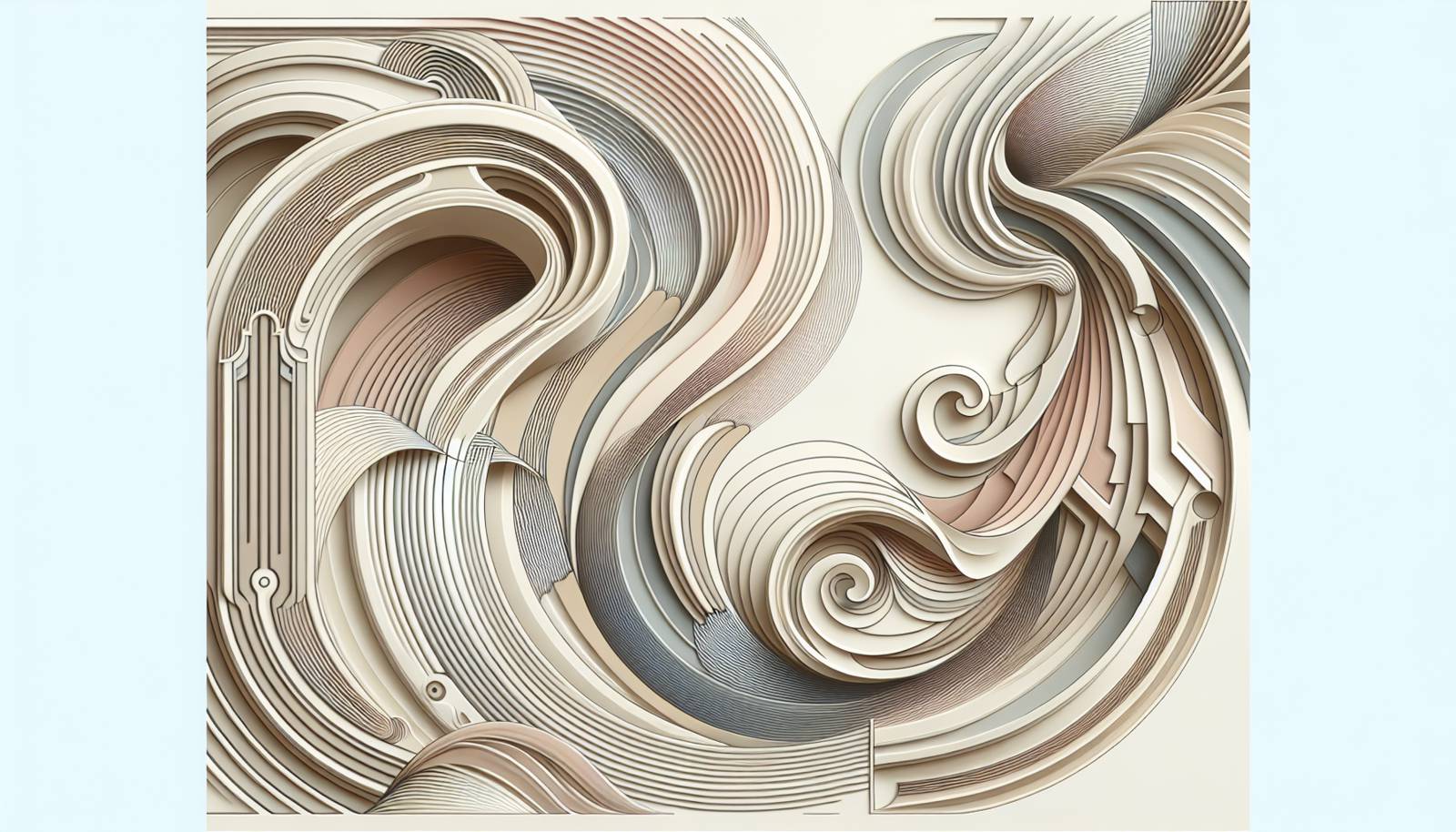
FAQ About The Role of Architecture in Contemporary Dance Performance

How does architecture influence contemporary dance performance?
Architecture influences contemporary dance by dictating the spatial dynamics available to performers. The design elements of a space, including its size, shape, and features like stairways or windows, can inspire choreographers and dancers to explore new movement possibilities. Spatial constraints or opportunities often prompt creativity and innovation in dance.

What is site-specific dance in relation to architecture?
Site-specific dance is a form of contemporary dance performed in a location chosen specifically for its unique architectural or natural features. Rather than adapting a dance to a neutral stage, site-specific works are created with the specific characteristics of a site in mind, often integrating the environment into the choreography.

Can architecture be a part of the choreography itself?
Yes, architecture can be an integral part of dance choreography. In many contemporary performances, elements of the physical environment are used as extensions of the dancer’s movements. For example, walls might be used for balance or support, and varying floor levels can introduce different physical challenges and interactions.

Why do choreographers choose to perform in non-traditional spaces?
Choreographers may choose non-traditional spaces to provide unique aesthetic experiences, to challenge norms, or to highlight specific architectural elements that reinforce the themes of the performance. Such spaces can also foster a more intimate connection between the audience and performers.

What are some famous examples of dance performances utilizing architecture?
One famous example is "Trisha Brown's Roof Piece," performed entirely on rooftops in New York City, integrating the urban architecture into the performance. Another is Pina Bausch's use of architectural elements in her piece "Kontakthof," which utilized stairs and open spaces to create dynamic movement opportunities.

How does the integration of architecture affect audience engagement?
By integrating architecture into dance, performances can become more immersive and engaging. Audiences are often invited to experience the space in new ways, moving through it with the performers or observing from unconventional angles, thus enhancing their emotional and sensory connection to the performance.

What role does lighting play in architectural dance performances?
Lighting is crucial in architectural dance performances as it helps to accentuate and transform architectural features, directing the audience’s focus and enhancing the mood of the piece. It can also interact with the space to create dynamic shadows and textures that add depth to the performance.

How do dancers adapt their movements to different architectural spaces?
Dancers adapt their movements to align with the spatial dynamics of their environment, using obstacles and structural elements to inform their choreography. They might change their movement quality, such as moving gently on uneven terrain or expanding movements in larger spaces, to harmonize with the architecture.

Are there specific architectural styles that lend themselves well to dance?
Certain architectural styles, like Brutalism with its raw concrete and stark lines, or Baroque with its grandiose curves and ornamentation, might inspire more dramatic and expressive movement styles in dance. However, any style can be creatively integrated depending on the choreographer's vision.

What challenges do performers face when dancing in architecturally challenging spaces?
Performers might face challenges such as uneven surfaces, limited mobility due to confined areas, or acoustics that affect how music is heard. They must be adaptable and aware of these elements to ensure safety and coherence in performances.

Why is spatial awareness important in dance performances with architectural elements?
Spatial awareness allows dancers to effectively use and interact with their environment, ensuring that movements are safely and dramatically executed. It enhances the audience's experience by skillfully incorporating architectural features into the storytelling of the performance.

How can architecture influence the theme or emotion of a dance piece?
Architecture can significantly impact the theme or emotion of a piece by reflecting or enhancing the narrative through its aesthetics. For example, a performance set in a minimalist concrete structure might evoke themes of solitude or industrialization, whereas a lush garden setting might convey themes of growth and renewal.

What impact does performing in outdoor architectural spaces have on contemporary dance?
Performing in outdoor spaces allows dancers to utilize natural elements, like weather and landscape, which can introduce unpredictability and adaptability into performances. It also broadens the audience to include passersby who might engage with the performance spontaneously.

Do dancers require special training to perform in architecturally integrated spaces?
While dancers typically have foundational adaptations skills, additional training may be required to prepare them for specific architectural features or challenging environments, such as learning to safely navigate uneven surfaces or performing vertically on walls.

How does the choice of architectural space affect the choreographic process?
The choice of space can heavily influence the choreographic process by introducing functional constraints and inspirations that shape movement decisions. Choreographers must consider elements like natural light availability, audience sightlines, and acoustics when planning their pieces.

Are there collaborations between architects and choreographers?
Yes, collaborations between architects and choreographers are becoming increasingly common, aiming to create harmonious and innovative performances where the built environment is intentionally designed to support and enhance dance concepts.

In what ways does temporary architecture contribute to contemporary dance?
Temporary architecture, such as pop-up stages or modular installations, offers flexibility and creative freedom for site-specific and experimental performances. These structures can be customized to meet the unique requirements of different performances, enriching the artistic narrative.

How have technological advancements transformed the use of architecture in dance?
Technological advancements, such as projection mapping and interactive lighting, have expanded possibilities for integrating architecture in dance. These technologies allow for dynamic transformations of space, providing new dimensions and enhancing the storytelling capabilities of the performance.

What are the benefits of integrating architecture into contemporary dance?
Integrating architecture into dance can enrich the storytelling by providing authentic and dynamic backdrops that enhance emotional and thematic components. It also spurs innovative choreography and can make performances more engaging and distinctive to audiences.

How do cultural perceptions of architecture influence dance performances?
Cultural perceptions of architecture can deeply influence how spaces are used in dance performances. The historical significance or cultural symbolism of a location might inspire specific narratives or movement styles, allowing performances to resonate more profoundly with audiences familiar with these contexts.
